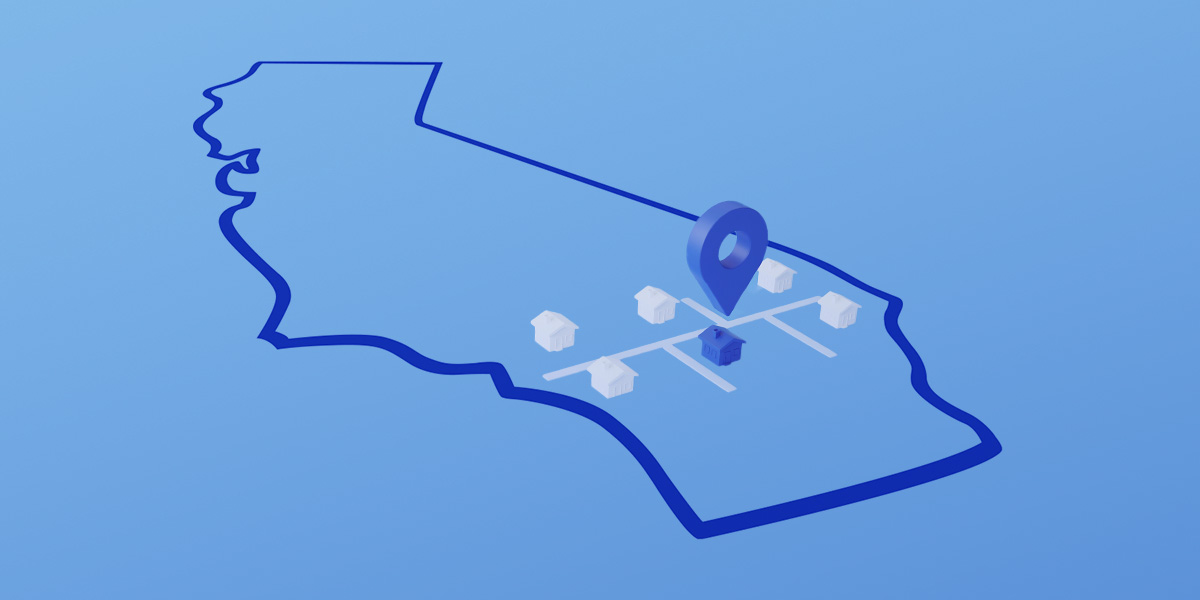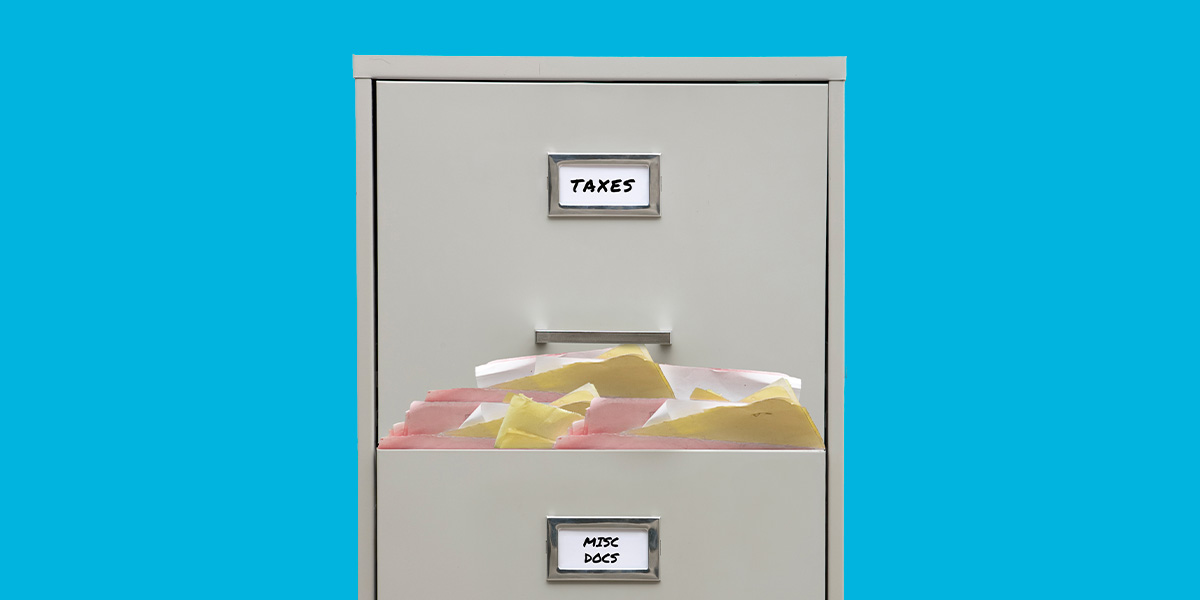-
Personal Banking -
Insights
How Does a HELOC Work?
In recent years, rapidly rising home values have led to a sharp increase in the net worth of many U.S. homeowners. In fact, home prices increased so much in 2021 that American homeowners have nearly $10 trillion available in “tappable" home equity, according to BlackKnight, a mortgage data analytics firm.
Tappable home equity is the maximum amount of value a homeowner can access while maintaining at least 20% of the equity in their home. By the end of 2021, the average U.S. homeowner had $185,000 in tappable home equity. According to BlackKnight, that's an increase of $48,000 over 2020.
This leads man homeowners to wonder how to access the equity that may have built up in their homes. One way to do that is through a home equity line of credit (HELOC).
What Is a HELOC?
Simply put, a HELOC is a line of credit that uses the value of a home as collateral. Since HELOCs are tied to this collateral, they often have higher credit limits and lower interest rates than other options, such as unsecured lines of credit or credit cards.
“If you need access to capital for a specific opportunity or obligation, it's best to have options to consider, and a home equity line of credit can be an option to explore," said Mary Helmich, head of Personal Banking at City National Bank. “We typically recommend that our clients have a home equity line of credit if they have available equity in their homes. It's an excellent liquidity tool," she said.
Why HELOCs Are Useful
The benefit of a HELOC is that it might provide more flexibility than a mortgage.
A HELOC works like a credit card but usually at a much lower interest rate. City National's HELOCs have an initial draw period where you can borrow principal and make interest-only payments, or borrow principal and repay it with interest, then borrow again. After the draw period, regular principal and interest payments are required, and draws are no longer available.
You can have a first mortgage and a HELOC, or just a HELOC. Clients can use their HELOC, then pay the funds back, and then use the HELOC again in the future. Clients can also incrementally draw funds as needed through the progression of large projects, such as a home remodel, rather than having to pay interest on loan funds that are not yet needed. With a HELOC, you only need to make payments on the amount of credit you actually use.
Don't Forget About Loan-to-Value
Loan-to-value is a term representing the ratio of all debt secured by the property as a percentage of a piece of real property's total appraised value.
For example, if your home is worth $800,000, your maximum combined loan-to-value must be $640,000 or less. If you have a mortgage balance of $350,000, your maximum HELOC would be $290,000.
What Is a HELOC Draw Period?
A draw period is the time period a borrower can draw new funds against their HELOC credit limit and only pay the interest on the outstanding balance. Once a draw period ends, the borrower must start paying the principal as well as interest on the HELOC.
City National's HELOCs have a 10-year draw period when homeowners can use as much or as little of their credit lines as they wish and make interest-only payments.
When the draw period ends at City National, you have a 20-year repayment period of interest and principal. You can also apply for a new HELOC to replace the first one, if you wish, after the draw period ends.
If you haven't borrowed against your line of credit and don't have a balance at the end of the draw period, you won't have any payments to make, Helmich said.
Differences Between a HELOC & Cash-Out Refinance
Homeowners who want access to the equity in their property have two options: a HELOC or a cash-out refinance.
A cash-out refinance is when a first mortgage is refinanced for a higher balance than what is currently owed and the difference is disbursed in cash. The homeowner receives a new mortgage rate and starts paying back the entire mortgage amount. If a HELOC is used instead, the homeowner only pays back the amount they actually spend and the rate on their first mortgage does not change.
The approval process is similar for both options, but cash-out refinancing requires borrowers to pay closing costs on the new mortgage, which can be costly. HELOCs up to $1 million from City National, however, typically have zero or minimal closing costs. Borrowers are responsible for paying taxes if they're required, of course.
“Clients should be careful not to forgo their low mortgage interest rates with a cash-out refinance if they can tap into their equity with a HELOC instead," said Helmich.
Benefits of Using a HELOC
You can use a HELOC for any permissible purpose, just as you would use a credit card.
Common uses for HELOCs include:
- Financial management and leverage.
- Home improvements.
- Funding weddings or other large expenses.
- Tuition payments.
- Handling unexpected tax bills.
“Maybe you have cash available but don't want to use it or you want to avoid selling investments at what could be an inopportune time," Helmich said. “In some cases, a cash-out refinance could be beneficial, but often a HELOC is the simplest and quickest option."
It's best to use a HELOC for wealth-building purposes and to limit consumer-related expenditures, said Helmich.
Some people use a HELOC for debt consolidation for high-interest credit cards or other consumer credit. However, it's advised that clients who do this use the lower interest rate to pay off the debt and don't reload credit cards with more debt.
Helmich noted that HELOCs can provide a flexible line of credit for those who need one due to variable income or expenses.
“The flexibility of the interest-only payments during the draw period can be really helpful for people with inconsistent income, such as self-employed people or those who earn most of their money from bonuses or commissions," said Helmich. “A line of credit can fill a gap, and they can choose whether to make interest-only payments or pay down the principal."
A HELOC can also be used to help the transition from one home to another by using the line of credit for a down payment and closing costs for the new property. The HELOC would then be paid off in full when you sell your current home.
What Are the Requirements for a HELOC?
Qualifying for a home equity line of credit depends on the borrowers' financial strength and the equity in their primary or secondary property.
You'll need to demonstrate that you can repay the loan just as you would with any other mortgage, so we'll check your credit score, your income and your assets.
You don't need to have a first mortgage in place to get a HELOC. In fact, many City National clients own their homes outright and have just a HELOC.
How HELOC Interest Payments Work
While HELOCs typically have variable interest rates, borrowers may be able to make interest-only payments during the draw period of the loan on the balance they borrow.
One benefit of a HELOC is that you can choose to convert your balance to a fixed-interest rate for various terms, such as 15 years or 20 years. In a rising interest rate environment, this can be a good option.
There may be situations where the interest payments on a HELOC can be tax-deductible, but in some cases the interest cannot be deducted. Consult your accountant or other tax advisors regarding the deductibility of interest.
What If You Can't Make Your HELOC Payments?
Like any other debt, you're obligated to repay a HELOC based on the terms of the agreement.
“As bankers we have a responsibility to be prudent in our advice and guidance to our clients," said Helmich. “With HELOCs, this means we don't lend beyond 80% of a home's value, which can protect our clients during a market downturn."
If you can't make your HELOC payments, it's best to contact your lender immediately so you can evaluate your options, just as you would with any other debt.
Learn More About HELOCs & Your Options
A home equity line of credit provides access to the equity you've built in your home to use in an emergency, make home improvements, pay tuition or consolidate debt. The flexibility of HELOCs can be beneficial to people with fluctuating income and for easier repayment options.
“Whether you need a line of credit for something planned or unplanned, a HELOC is a great financial tool that gives you options and peace of mind," said Helmich.
To learn more about HELOCs and your options, contact our lending team today.
This article is for general information and education only. It is provided as a courtesy to the clients and friends of City National Bank (City National). City National does not warrant that it is accurate or complete. Opinions expressed and estimates or projections given are those of the authors or persons quoted as of the date of the article with no obligation to update or notify of inaccuracy or change. This article may not be reproduced, distributed or further published by any person without the written consent of City National. Please cite source when quoting. © 2022 City National Bank. All Rights Reserved.
City National, its managed affiliates and subsidiaries, as a matter of policy, do not give tax, accounting, regulatory, or legal advice, and any information provided should not be construed as such. Rules in the areas of law, tax, and accounting are subject to change and open to varying interpretations. Any strategies discussed in this document were not intended to be used, and cannot be used for the purpose of avoiding any tax penalties that may be imposed. You should consult with your other advisors on the tax, accounting and legal implications of actions you may take based on any strategies or information presented taking into account your own particular circumstances. Trust services are offered through City National Bank.
Loans and lines of credit are subject to credit and property approval. Additional terms and conditions apply. Not all applicants will qualify. Home equity lines of credit are not available in Texas.





